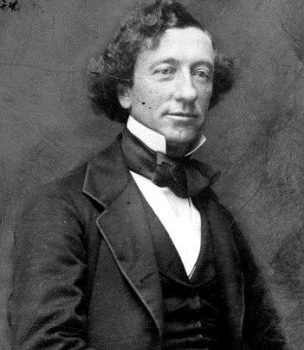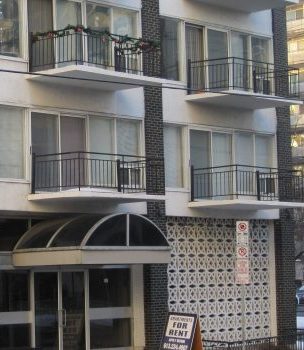John A. Macdonald was a vagabondish fellow who never stayed in one place for long and occasionally had trouble paying the mortgage. Our founding prime minister had at least five homes in Ottawa. Few survive.
In 1865 he bought his first bachelor pad, a stone row house at 63 Daly Street near what is now a youth hostel. “I don’t know what you have got in the way of furniture that you can spare me,” he wrote his sister. Macdonald took in three boarders to help pay the bills.
A widower, he married his second wife Agnes in 1867. She she set out to improve the place. In her diary Lady Macdonald complained the family home had become a caucus hangout: “Here – in this place – the atmosphere is so awfully political that sometimes I think the very flies hold parliaments on the table.”
Indeed there would have been a lot of flies. Daly Street had an open sewer that reeked in summer and left a residue of human waste mixed with snow and mud in winter. This first home is gone forever, destroyed in an 1873 fire. A second home, on Chapel Street, was demolished after the First World War and is today a parking lot.
In 1870 the Prime Minister again went house-hunting. He found a place at O’Connor and Nepean Streets, seven blocks south of Parliament Hill. It was a sturdy three-story brick home with gingerbread veranda. A single photograph of the place exists, a grainy image published in a 1904 Ottawa travelogue The Hub and Spokes by Anson Gard.
The house on O’Connor was demolished. Today it is replaced by an economical grey, mid-century apartment tower across the street from a now-vacant convenience store that once peddled cigarettes and lotto tickets.
Macdonald would have appreciated the affordability of the neighbourhood. In April 1875, on being expelled from the House for election fraud, he was reduced to auctioning his furniture and even light fixtures to pay creditors.
From the auction catalogue: “One large bronze hanging lamp and burners with porcelain shade,” “large oak book case in two parts,” “one oval oak extension table.” Bidders were free to cart away the household treasures of the Father of Confederation. Macdonald took off for Toronto to await the resurrection of his fortunes.
With re-election in 1878 Macdonald returned to the capital and a new address, Stadacona Hall, a large gated home on what is now Laurier Avenue built by a lumber baron and fit for a prime minister. Macdonald lived here through his second term as leader. The place is still there, now home to the High Commission of Brunei.
In 1883 Macdonald purchased for $10,400 his last and most famous address, Earnscliffe, a Gothic Revival manor overlooking the Ottawa River. Here Macdonald spent his final years, and died in an upstairs bedroom in 1891.
Not for another 70 years would Parliament provide an official residence, forever ending the era when a prime minister might have lived next door.
By Andrew Elliott







